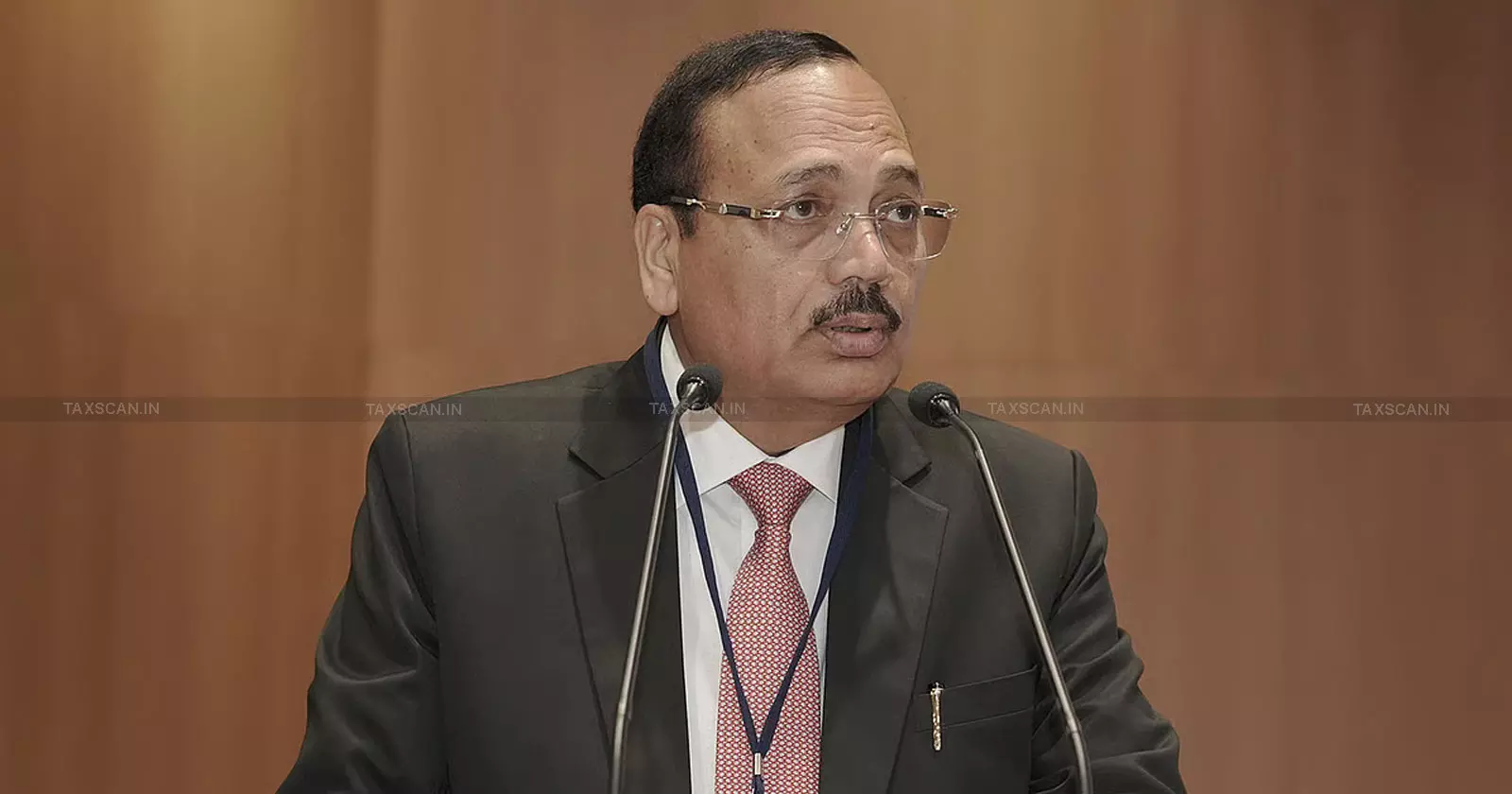The ‘Invisible Victims’ Doctrine in Tax Litigation: Justice Surya Kant’s Rethinking of Equity and Fairness
Justice Surya Kant’s ‘Invisible Victims’ doctrine urges courts and tax authorities to look beyond technicalities and ensure that fairness and human impact remain at the heart of adjudication

One of India’s most respected jurists, Justice Surya Kant of the Supreme Court, has recently articulated a judicial philosophy that deserves close attention not only from judges and lawyers but also from tax professionals and policymakers.
His reflections on “invisible victims” and his call to ensure that justice is not defeated by the “tyranny of technicalities” go beyond abstract moralism. They offer a profound reminder that the law’s ultimate purpose is not to perpetuate conflict or protect rigid procedures, but to restore balance, fairness, and social harmony.
The Core Principle: Justice Beyond the Parties Before the Court
Speaking on 30 March 2025 at the 250th Friday Group Meeting organised by the Supreme Court Advocates’ Forum on the theme “Invisible Victims of the Legal System: The Need for Sensitivity and Compassionate Adjudication,” Justice Surya Kant posed a simple but profound question:
“If a matter is of A and B, we must ask, are C and D’s rights also impacted? If so, is it not our duty to protect them?”
He described a vast class of “de facto consumers of justice,” people who are affected by the outcomes of legal decisions but who never appear in court, have no voice in proceedings, and yet bear the consequences of judicial outcomes.
He said these invisible victims compel the legal system to rethink its own boundaries. In his view, courts must not only decide disputes between named parties but also be sensitive to the ripple effects of their judgments on the larger public.
Comprehensive Guide of Law and Procedure for Filing of Income Tax Appeals, Click Here
In a world where court rulings and government actions increasingly have wide economic and social consequences, this insight is vital. When applied to tax litigation, it offers a new way of thinking about fairness in fiscal governance.
The Invisible Victims in Tax Litigation
Who are the invisible victims in tax law? The list is longer than it might appear.
- Taxpayers are blindsided by retrospective overruling, such as when a long-standing interpretation of law is suddenly reversed, leaving them liable for past actions that were lawful at the time. The recent nine-judge bench decision on mining leases is one such example, with major financial implications for businesses that had relied on earlier judicial clarity.
- Compliant taxpayers denied refunds, such as those affected by the IGST on ocean freight issue, where procedural ambiguity left many struggling to recover dues.
- Input tax credit (ITC) recipients penalized for supplier defaults, even when they have fulfilled their own obligations in good faith.
- End consumers who may face higher prices or diminished competition once the anti-profiteering regime sunsets in April 2025.
- Employees, creditors, and investors who suffer collateral damage when a tax dispute pushes a business toward insolvency.
- Competitors and industry players affected by selective enforcement or uneven judicial outcomes in similar fact situations.
These groups seldom have a direct voice in the courtroom, yet they bear the downstream consequences of tax disputes and policy shifts. Justice Surya Kant’s call to consider the invisible victims urges courts and policymakers to think beyond the narrow boundaries of procedural legality and toward the larger ecosystem of fairness.
The Broader Judicial Philosophy
On 17 October 2025, while addressing the Annual Litigation Conference 2025 in Chandigarh on the theme “Comity of Courts and International Legal Cooperation in Practice,” Justice Surya Kant elaborated further on this philosophy. He urged the judiciary to keep the human element alive in an increasingly complex and globalised legal system.
He argued that mediation and conciliation must become the preferred modes of dispute resolution, describing mediation not as an “alternative mechanism” but as a “constitutional value in itself.”
Comprehensive Guide of Law and Procedure for Filing of Income Tax Appeals, Click Here
“Justice, if it becomes the handmaid of procedure, ceases to inspire trust,” he said. These words capture the same essence that underlies his Invisible Victims doctrine, the conviction that law must serve people, not the other way around.
He reminded judges and lawyers to look beyond the ritual of technical correctness and see the faces behind the files. Whether it is a mother in a custody dispute or a business struggling under retrospective tax demands, the duty of the justice system remains the same: to heal, not merely to adjudicate.
The Doctrine as a Litigation Tool
How can this philosophy be used in practice? It's not yet a formal doctrine in Indian law, but it provides a strong foundation for constitutional and equitable arguments in tax cases. Lawyers can invoke it when arguing for:
- Prospective overruling to prevent retrospective application of new interpretations that harm settled expectations.
- Protection from retrospective amendments, where the state seeks to rewrite fiscal obligations after the fact.
- Relief from limitation bars, especially where procedural lapses have occurred without any element of evasion or bad faith.
Justice Surya Kant’s observation that “justice must never be defeated by the tyranny of technicalities” is particularly relevant here. It reminds both courts and tax authorities that technical compliance should never eclipse substantive justice.
Support our journalism by subscribing to Taxscan premium. Follow us on Telegram for quick updates


